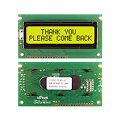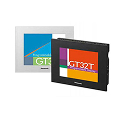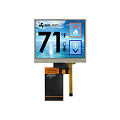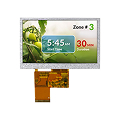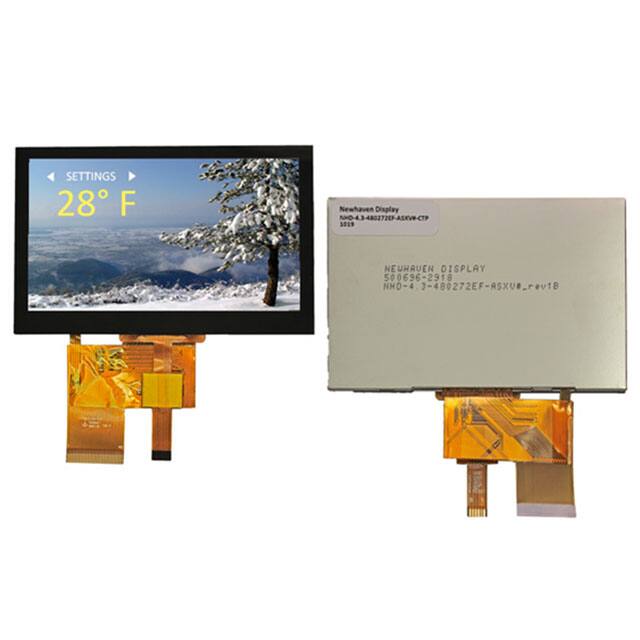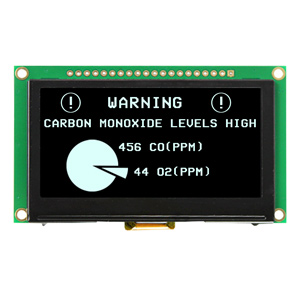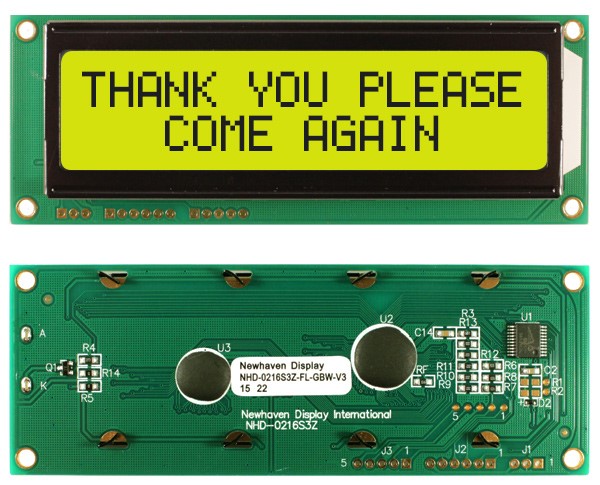Liquid crystal display (LCD) modules pair a display panel with driver electronics, a backlight, and common interfaces to speed up a reliable Human-Machine Interface (HMI). From handheld tools to benchtop instruments, they provide crisp status, menus, and graphics with modest power draw.
LCD display modules span character LCDs (16×2, 20×4), monochrome graphic LCDs, and thin-film transistor (TFT) color modules, including In-Plane Switching (IPS) versions for wide viewing angles. Options include resistive or projected capacitive (PCAP) touch, sunlight-readable luminance ratings, and diagonals from sub-inch wearables to larger panel-mount units.
Online Components has been an authorized distributor since 1999, with reliable stock, supplier-verified parts, and fast U.S.-based shipping that gives production buyers and prototyping teams confidence. You get straightforward sourcing for projects that can't wait with us.
How to Choose the Right LCD Display Modules
Begin by matching readability and size: diagonal, resolution, pixel density, and viewing angle should fit the enclosure and user distance. Bright environments require higher nit ratings, effective surface treatments, and IPS when off-axis viewing is a concern.
Your electronics stack comes second. Select an interface that your microcontroller unit (MCU), microprocessor (MPU), or Graphics Processing Unit (GPU) already supports, and confirm logic levels, timing, and pinout to reduce rework.
Environmental factors round out the selection. Temperature range, vibration tolerance, ingress needs, and any required ratings (for example, automotive or medical) should track the application. A quick bench test inside the intended bezel helps confirm fit.
Key specifications include interface type: Serial Peripheral Interface (SPI), Inter-Integrated Circuit (I²C), parallel (8080/6800), Mobile Industry Processor Interface Display Serial Interface (MIPI DSI), or Low-Voltage Differential Signaling (LVDS). You'll also want to check resolution, brightness (nits), contrast, operating temperature, supply voltage, and connector style.
Popular Applications for LCD Display Modules
Typical buyers include purchasing teams at Original Equipment Manufacturers (OEMs) and contract manufacturers, embedded engineers, and repair technicians supporting instruments, appliances, and control systems.
Industrial control panels and HMIs use LCDs for status, alarms, and configuration on factory floors. Medical and lab instruments depend on stable graphics for measurements, prompts, and calibration steps. Consumer devices and smart appliances integrate compact TFT modules for icons, color cues, and touch input.
Internet of Things (IoT) nodes, wearables, and portable tools favor low-power modules with tight interfaces and glare control. Transportation and automotive systems use ruggedized displays for infotainment, cluster adjuncts, and driver feedback where wide angles and sunlight performance matter.
Why Buy LCD Display Modules from Online Components?
Online Components stocks U.S.-based inventory with fast shipping (including same-day on many lines) so production stays on schedule. As an authorized distributor, parts arrive through authenticated supply chains with traceable documentation. Our site’s search speeds up your selection, while our responsive customer service helps teams move from shortlist to cart without friction.
LCD Display Modules: What You Need to Know
What's the difference between character, graphic, and TFT modules?
Character LCDs show fixed glyph grids (like 16×2) for simple text. Graphic monochrome modules add pixel-addressable layouts for icons and small charts. TFT LCDs provide full-color pixels, higher resolutions, and smooth user interfaces (UIs), often with optional touch.
When should I choose IPS over TN in a TFT LCD?
IPS maintains color and contrast over wide angles, ideal for shared or off-axis viewing. Twisted Nematic (TN) can switch quickly and reduce cost, but viewing cones are narrower and color shifts are more noticeable.
How do I match an LCD to my controller?
Check the native interface first: SPI or I²C for compact UIs; parallel, MIPI DSI, or LVDS for higher bandwidth. Confirm logic voltages, timing, initialization commands, and available drivers in your Software Development Kit (SDK) to shorten the bring-up process.
What improves sunlight readability?
Higher luminance, effective polarizers, anti-reflective surfaces, and IPS viewing behavior all help. Mechanical design matters too: recess the window, manage reflections, and limit washout from stray light inside the bezel.
contact us
 English
English
 Chinese
Chinese
 Italiano
Italiano
 Portuguese
Portuguese
 Deutschland
Deutschland
 French
French
 Russian
Russian
 Japanese
Japanese
 Turkish
Turkish
 Korean
Korean
 Spanish
Spanish
